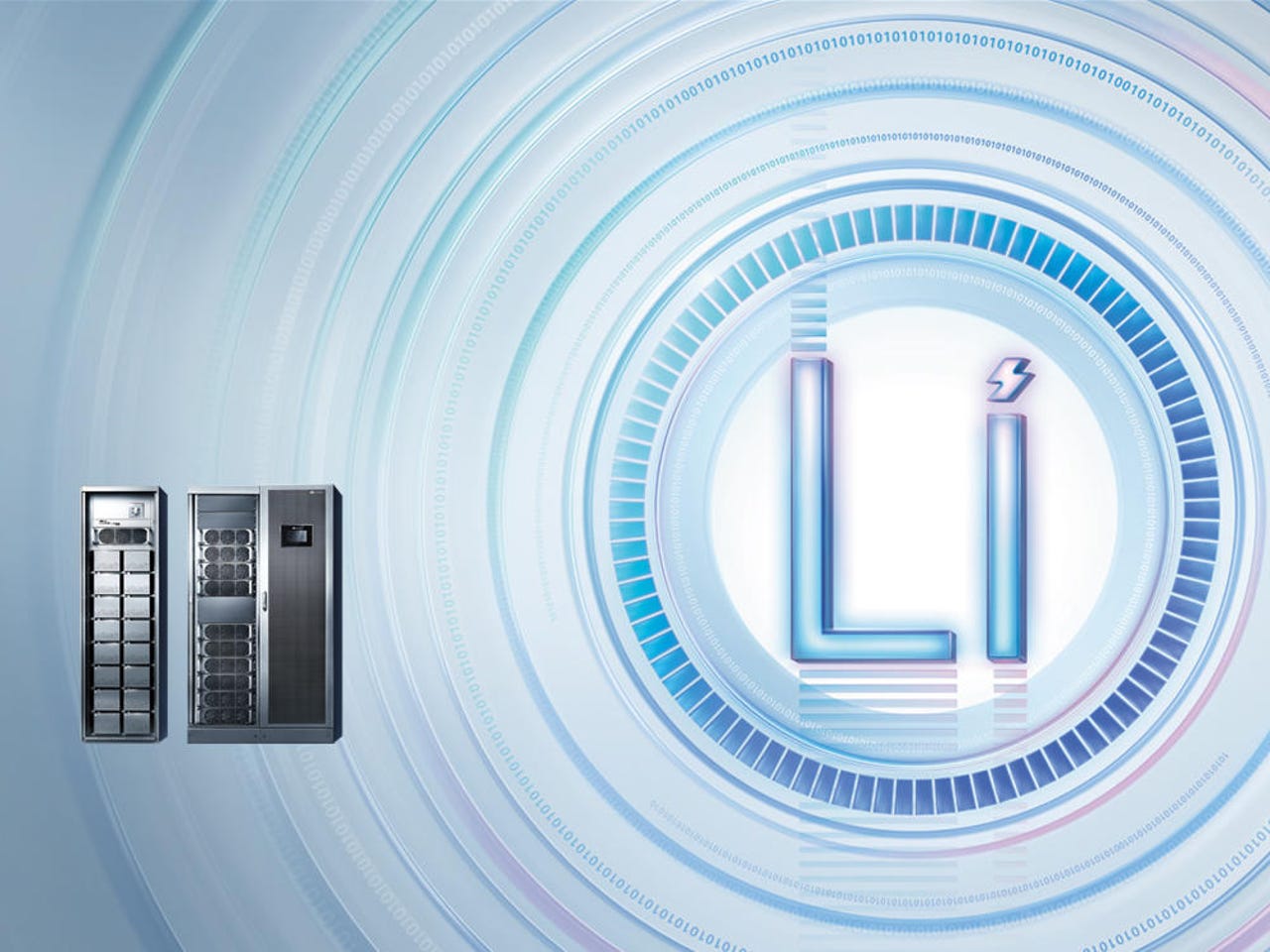Enabling next-generation data centres through the effective management of power supply
A Research and Markets study found that data centre support infrastructure is expected to expand by $38.1 billion, at a CAGR of 9.4%, by 2025. For a mature technology like data centres, that rate of growth is incredible.
Such investment is needed because these advanced technologies all require massive compute power. AI, for example, increases computing capacity through the use of intelligent applications, which trigger more data traffic. Furthermore, technologies such as AI and Internet of Things (IoT) are driving data centres towards full-lifecycle digitalisation in how they are planned, constructed, and optimised. For that transition to be successful, data centres need to be more intelligent and digitally managed. In short, the strain that these technologies are putting on the evolution of data centres is significant.
These new applications are also driving a change to how data centres are being physically built and utilised. Where data centres were traditionally support platforms, they're now being built faster. The establishment cycle has been condensed to less than six months, where previously it would take a year.
These shorter timelines have arisen due to modularisation whereby data centres are built in modules on the level of architecture. This enables fast deployment while also allowing organisations to future-proof their data centres by enabling flexible capacity expansion, simple management, and high-energy efficiency.

What makes a great data centre?
To capitalise on opportunities that these new-look and newly refocused data centres offer, enterprises need their data centres to be more reliable, efficient, and simple. A reliable power supply architecture is essential, too, as enterprises now rely entirely on the availability of technology to avoid any downtime that could shut the entire business down. Research and Markets research shows that power supply can grow at more than 8.9% over time -- such a growth rate is substantial enough that businesses need to be actively cognisant of power needs in an ever-changing market.
Looking at the numbers, data centre facilities will be far denser and more compact, with power capacity expected to jump from six to eight kW on average to 15-20kW per rack by 2025.
It's not just that data centres need to be able to handle an escalation in power requirements, either. A simplified power supply architecture is also needed to allow data centres to minimise their footprint. This can be achieved through good design, along with evaluations and optimisations of energy facilities and the full stack across facilities, IT, chipsets, data, and the cloud. At each stage, there is an opportunity for optimisation and efficiency, and that not only drives an environmentally-friendly data centre, but also makes it easier to manage the power supply and track down faults.
All of this means that while uninterruptible power supply (UPS) units with lead-acid batteries continue to be a common feature in many data centres, UPS units are simply incapable of providing the performance required in next-generation data centre facilities.
To meet this demand, organisations are grappling with new demands placed on data centres and will need to look at lithium-ion batteries for their size, footprint, charge cycles, and general capabilities as a solution.
This should be in combination with a coordinated power supply mode so that if the power grid becomes unstable or is struggling to deliver capacity during peak hours, the lithium-ion battery is still able to provide a coordinated power supply to ensure disruptions are prevented. This will allow data centres -- if paired with intelligent management processes -- to fit perfectly within the cycle of peak-valley electricity prices and help organisations save on costs.
The SmartLi difference
Huawei's SmartLi UPS solution has been designed to address the changing demands of data centres on power supplies. The solution includes a high power density modular UPS and high energy density lithium battery solution that streamlines the workflow through the data centre. The high power density will also help save 50% of footprints when compared to traditional power supplies, and the intelligent control can maintain stable power supply to ensure the data centre facility is always on.
As an additional benefit, the SmartLi UPS solution applies a unique active current-sharing technology that supports the mixed use of old and new supplies, which is particularly useful for enterprises that are looking to make the shift from lead-iron to lithium-ion batteries.
The technology that Huawei has packed into its SmartLi UPS solution means that it has a longer lifespan compared to units from competitors. Boasting a cycle life of 5,000 times at 50% DOD, this means that a business won't need to replace their unit for 10 years, reducing the TCO and allowing small and medium-sized businesses to find financial advantages through investing in their systems.
Analyst firm, Frost & Sullivan, stated in its report Global Modular Uninterrupted Power Supply (UPS) Market Forecast to 2023, that Huawei's modular approach to UPS would result in it having the largest market share in the world.
The innovations that the SmartLi UPS brings to market are the reason for that.